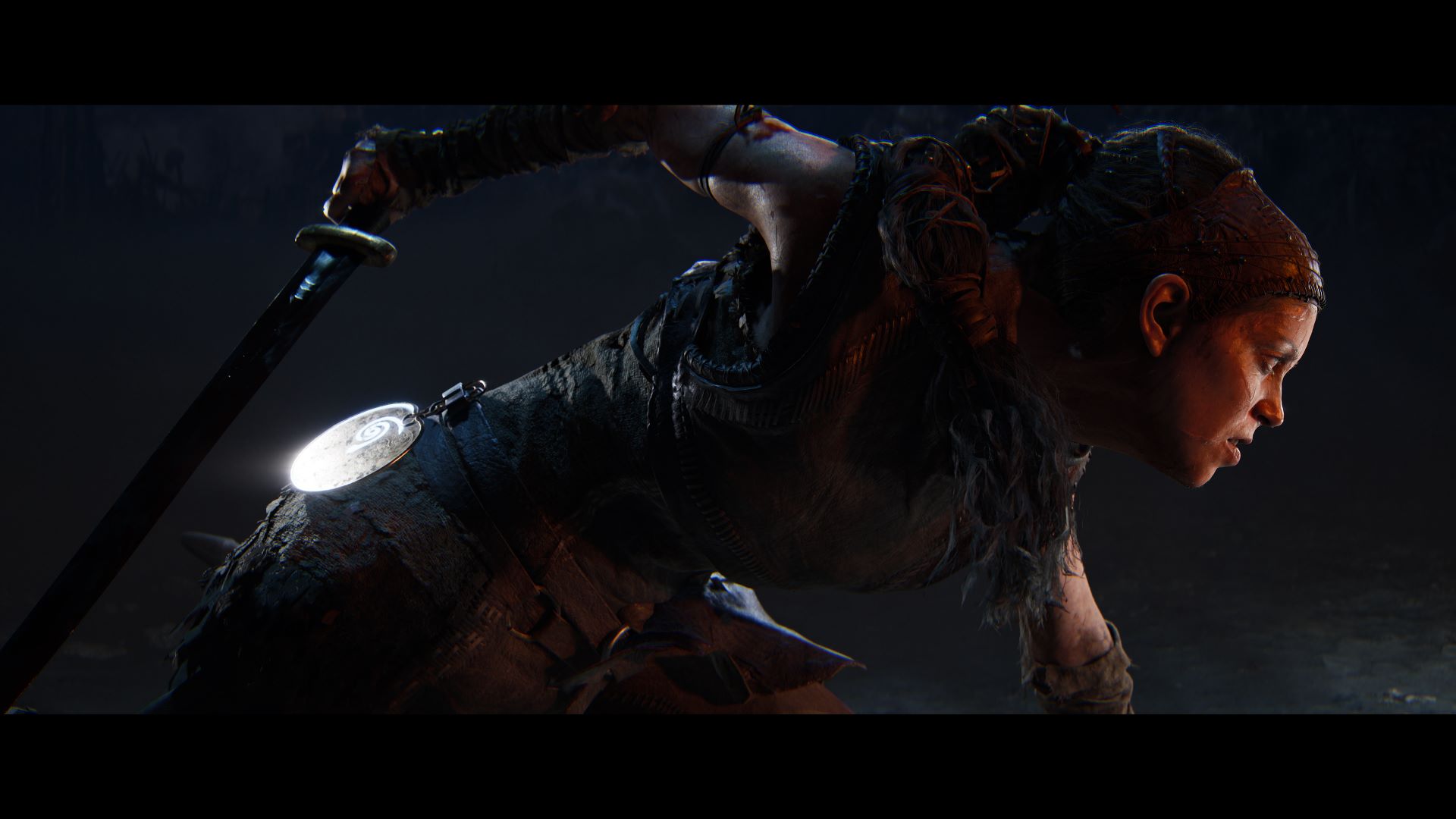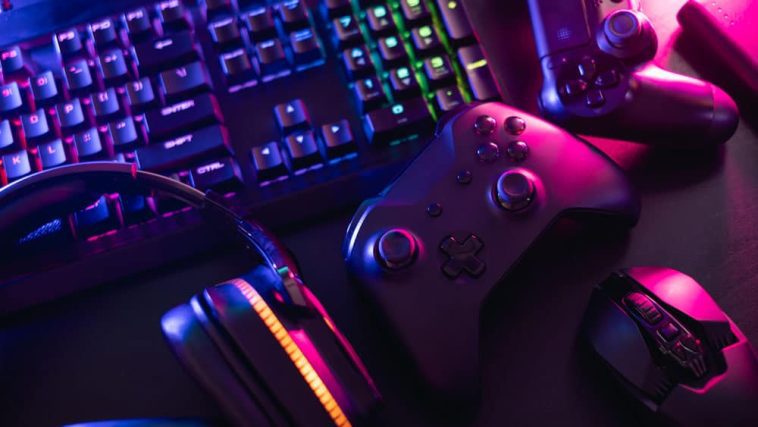
For Ninja Theory, the idea to continue Senua’s journey was never in doubt. Hellblade: Senua’s Sacrifice is a complete story in itself; but the studio knew it had more stories to tell. Studio Head Dom Matthews tells us that the team wanted to leave a door open for Senua, but the path to creating a follow-up was initially unclear while the studio remained independent. Now, as part of Xbox Game Studios, it’s quite a different story. This sequel feels larger than life; every single element has been refined, from its hyper-realistic environments, haunting audio design, to its stunning performance-captured combat.
Embarking on a New Quest
“We have a fantastic building; our performance capture stage, new technologies and techniques, but all of that exists to pursue the same goal,” Matthews tells us. “That goal is to create an experience that allows players to suspend their disbelief and immerse themselves fully in this world.”
Senua’s Saga: Hellblade II follows swiftly after the final events of the first game, where Senua says goodbye to her lover Dillion for the final time. From here, she’s to embark on a new quest, to ensure that no one ever meets the same fate as Dillion again. Senua is stronger, fiercer, and – while she’s still ailed by her psychosis – she’s come to understand how it manifests, and how its grown to be an important part of her.
“She’s come to a place of acceptance of two things,” Matthews tells us. “One is her experience of psychosis and unique view of the world, and the other is that she can’t bring Dillion back. So here, we find a Senua that has found determination, and a way to turn her agonizing grief into positive action, so that Dillion’s death wasn’t for nothing.”
Website: LINK


